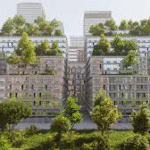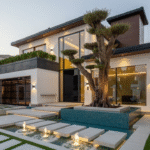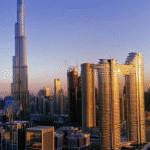Now Reading: Discover the Secrets of Traditional Emirati Culture You Never Knew!
-
01
Discover the Secrets of Traditional Emirati Culture You Never Knew!
Discover the Secrets of Traditional Emirati Culture You Never Knew!
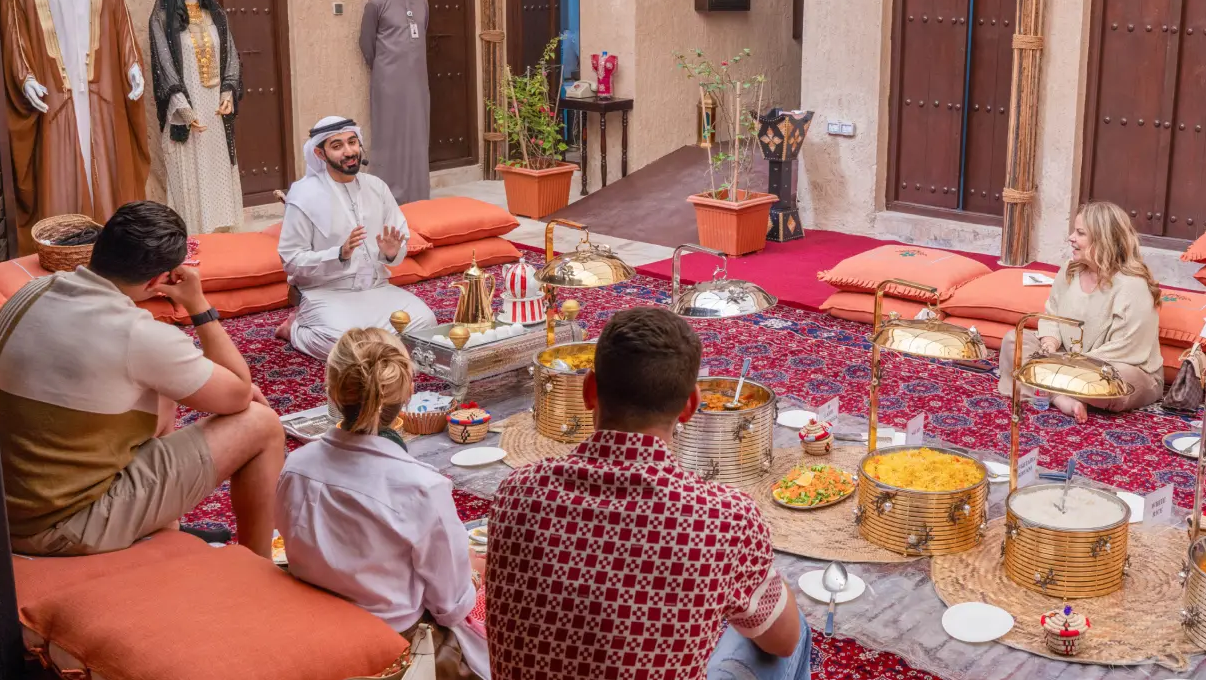
Table of Contents
The United Arab Emirates (UAE) is known worldwide for its glittering skyscrapers, luxury shopping malls, and modern lifestyle. Yet behind this futuristic image lies a rich, fascinating culture deeply rooted in tradition. The essence of traditional Emirati culture reflects values like hospitality, family ties, generosity, and a strong connection with nature and faith. These traditions have shaped the UAE’s society for centuries and continue to influence life in the country today.
The Heart of Emirati Culture: Family and Community
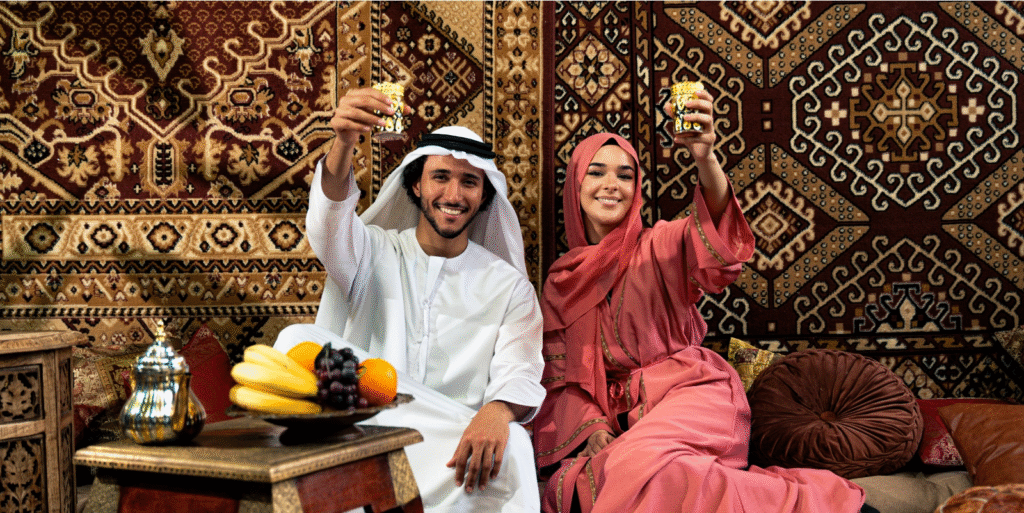
In traditional Emirati culture, family plays the most important role. Large families are common, and they usually live close to each other, often in the same neighborhood or even the same house. Respect for elders is a major value, and decisions in family matters are usually taken by the eldest member.
Emiratis also have a strong sense of community. In the past, life in the desert was hard, and survival depended on cooperation among tribes and neighbors. This spirit of unity and teamwork has remained an important part of life. Even today, weddings, festivals, and religious celebrations are not private events—they are shared with the whole community.
Hospitality: A Way of Life
Hospitality is at the core of Emirati values. Visitors to Emirati homes are always treated with great respect and kindness. Traditional hospitality includes serving Arabic coffee (known as “Gahwa”) and fresh dates. These are symbols of warmth and welcome. It is customary to serve coffee in small cups without handles, and it is polite to accept at least one cup.
Guests are offered sweets and sometimes even full meals. Refusing such hospitality is considered impolite. In many places across the UAE, even strangers are treated like guests and offered water or tea. This reflects the old Bedouin tradition of helping travelers in the desert.
Clothing: Reflecting Modesty and Identity
Traditional Emirati clothing is simple, modest, and designed to suit the desert climate. For men, the “Kandura” (a long white robe) and “Ghutra” (headscarf) are common. The Ghutra is usually held in place by a black cord called “Agal.” Women wear the “Abaya” (a long black cloak) and a headscarf called “Shayla.” In some cases, women also wear the “Burqa,” a traditional face covering.
These garments are not only practical but also show respect for Islamic customs of modesty. In recent years, fashion designers have introduced modern styles and colors while keeping the traditional essence alive. The result is a unique blend of tradition and modern fashion.
Cuisine: A Taste of Emirati Heritage
Emirati food reflects the country’s rich history and its connection with the sea, desert, and oasis. Traditional dishes are simple but delicious. Seafood, rice, and meat are the main ingredients. Some of the most popular Emirati dishes include:
- Al Harees: A slow-cooked dish made of wheat and meat.
- Al Machboos: Spiced rice with meat or seafood.
- Luqaimat: Sweet, deep-fried dumplings drizzled with date syrup.
Dates and camel milk are also part of the traditional diet. These foods were essential for survival in the harsh desert environment. Even today, they are widely enjoyed and are an important part of religious celebrations like Ramadan and Eid.
Architecture: From Desert Tents to Modern Wonders
Before the oil boom, Emirati homes were simple but smartly designed to handle the desert climate. In coastal areas, people lived in houses made of palm fronds called “Arish.” In the desert, Bedouins used tents made from goat hair.
One unique feature of traditional Emirati architecture is the “Barjeel” or wind tower. This early form of air conditioning helped cool houses before electricity was available.
Today, modern Emirati architecture blends old and new styles. For example, the design of the famous Burj Al Arab hotel was inspired by the shape of a traditional dhow (boat).
Falconry: A National Passion
Falconry is more than just a sport in the UAE—it is a proud part of Emirati culture. For centuries, Bedouins used trained falcons to hunt for food in the desert. This ancient tradition is still alive today and is recognized by UNESCO as an Intangible Cultural Heritage of Humanity.
Owning and training a falcon is a great honor. Falconry festivals and competitions are held across the UAE, attracting people from around the world. This love for falcons also reflects the deep connection between Emiratis and the natural world.
Music, Dance, and Poetry: Voices of the Past
Traditional Emirati music and dance tell stories of love, bravery, and life in the desert. One of the most famous dances is the “Al Ayala,” a war dance performed by rows of men holding sticks and moving to the rhythm of drums.
Poetry, especially “Nabati” poetry, is a respected art form in Emirati culture. Poets were once seen as the voice of the tribe, preserving history and passing on wisdom. Even today, poetry competitions are popular events on Emirati TV and radio.
Religious Beliefs: The Soul of Emirati Life
Islam plays a central role in traditional Emirati culture. The teachings of Islam influence daily life, from how people dress to how they treat others. Prayer five times a day, fasting during Ramadan, and giving to charity are all important parts of life.
Mosques are everywhere in the UAE, and their call to prayer is a familiar sound. Religious holidays like Eid Al-Fitr and Eid Al-Adha are times of joy, family gatherings, and generosity.
Preserving the Past in a Modern World
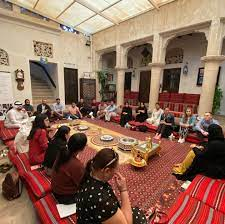
As the UAE has developed into a global center of business and tourism, the government has taken steps to protect and promote its traditional culture. Museums, cultural festivals, and heritage villages showcase the old ways of life to both locals and visitors. Schools also teach students about Emirati history and traditions.
The annual National Day on December 2nd is a major event where Emiratis celebrate their history with parades, dances, and cultural exhibitions.
Conclusion: A Living Heritage
Traditional Emirati culture is not just a memory of the past; it is a living, breathing part of life in the UAE today. Whether through food, fashion, sports, or hospitality, these traditions continue to shape the country’s identity. For tourists and residents alike, experiencing this culture offers a deeper understanding of the true spirit of the Emirates—a perfect blend of old and new.
Read More:- Shobha Realty Launches Its Most Luxurious Project Yet—Full Details Inside 2025











